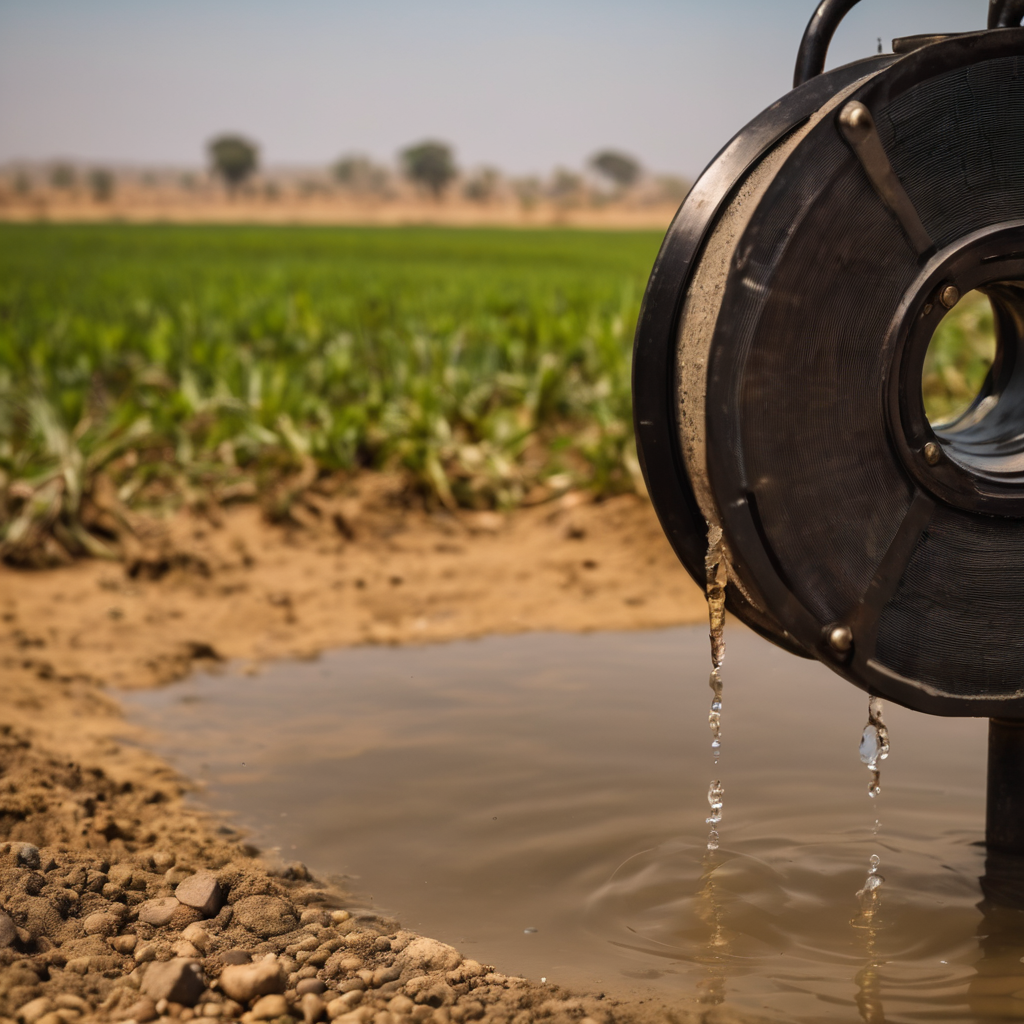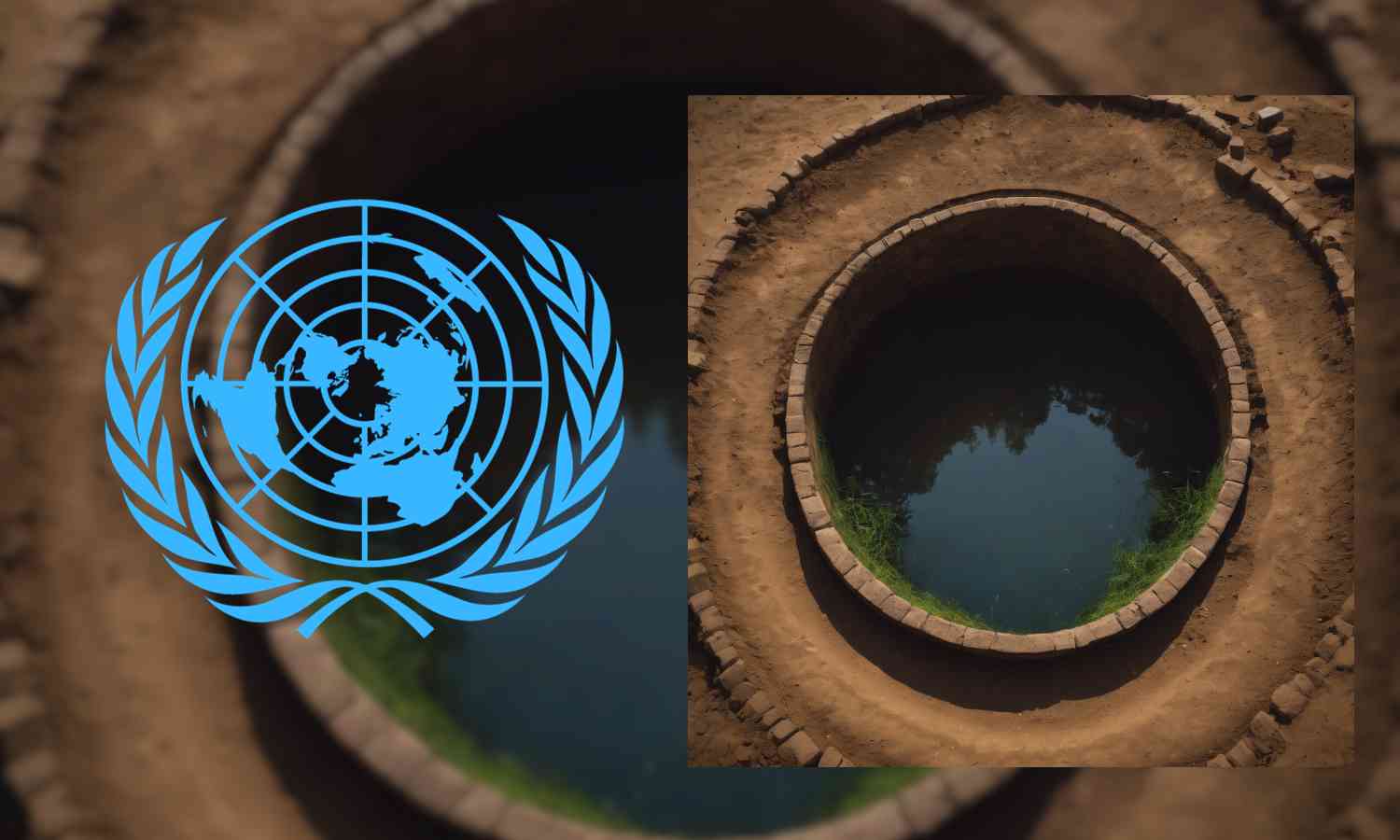A recent United Nations report reveals that several regions within the Indo-Gangetic basin in India have already crossed the critical limit for groundwater depletion. Additionally, the report predicts that the entire northwestern region of the country is poised to face severe groundwater scarcity by the year 2025.
Environmental tipping points are important boundaries in Earth's complex procedures. When they are exceeded, they set off abrupt, often irreversible changes that can cause major and sometimes catastrophic changes to climate dynamics, ecosystems, and the environment as a whole.

Approximately 70 per cent of the extraction of groundwater is directed towards agricultural purposes, especially when surface water sources prove inadequate. Aquifers serve as essential safeguards in mitigating agricultural losses resulting from drought, a challenge that is expected to intensify due to the effects of climate change.
The report states, "India is the world's largest user of groundwater, exceeding the use of the United States and China combined. The northwestern region of India serves as the bread basket for the nation's growing 1.4 billion people, with the states of Punjab and Haryana producing 50 per cent of the country's rice supply and 85 per cent of its wheat stocks. However, 78 per cent of wells in Punjab are considered overexploited and the northwestern region as a whole is predicted to experience critically low groundwater availability by 2025."

The research does, however, issue a warning that the aquifers themselves are reaching their breaking point. The world's main aquifers are losing more than half of their capacity more quickly than nature can refill them. Farmers may lose access to water when the water table drops below a level that is reachable by current wells, endangering entire food production systems.
As climate change intensifies, recognizing and safeguarding the groundwater becomes crucial.
Ⓒ Copyright 2023. All Rights Reserved Powered by Vygr Media.



















